A vault toilet is a waterless toilet that doesn’t flush and stores human waste in a big, airtight underground container or vault.
Unlike typical toilets that flush, they are mostly set up in places that don’t have readily available water. You will find them in campgrounds, parks, recreational areas, and other public locations.
Here we will explore everything you need to know about a vault toilet.
Table of Contents
What is a Vault Toilet?
The vault toilet was created by the U.S Forest Service as a cost-effective and scent-free solution. They would later be dubbed as a “sweet smelling toilet” since they are an odorless facility.
Made from reinforced concrete, wooden frames, cross-linked polyethylene, or plastic, they are built as single, double, or unisex vault systems and toilets.
Vault toilets made from concrete are extraordinarily sturdy and dependable, whereas cross-linked polyethylene toilets are used the most that can be easily transported.
There’s no danger of air pollutants because the bathroom contains material that won’t leak or crack.
How Do Vault Toilets Work?
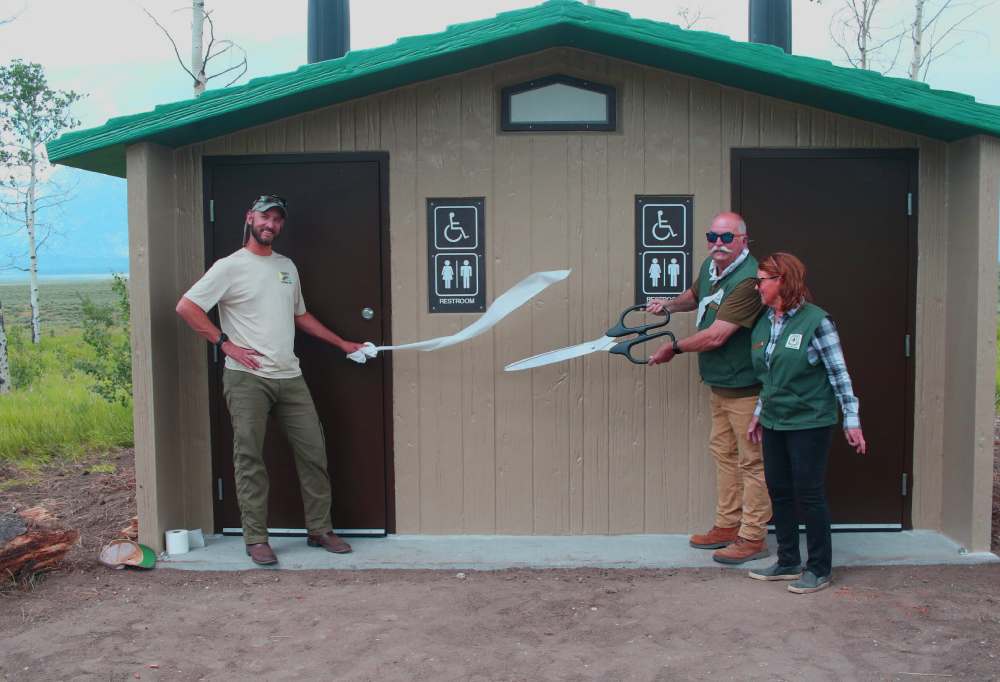
Vault toilets have a tank or container to keep a thousand gallons of human waste. Depending on the structure and planned use, you can also find some that can store around thirteen thousand gallons of excreta.
The tank is entombed underground, and a slab of concrete stabilizes it on top. It’s fixed along a slant so the human waste can flow downward, and there is an element on top of the concrete to connect to a vent pipe.
If the toilet is large enough, it won’t have to be pumped very often. Typically, it’s pumped every one to two weeks.
Vault toilets are touted as being odorless, and that’s mostly true. However, if there is no wind in the vicinity, the toilet might not be as “sweet smelling” as intended since the airflow helps remove the smell.
Other factors that affect the aroma are the lack of sun or a crowd of people because the air will remain in the pipe rather than rise out of the facility.
Pros of a Vault Toilet
1. Privacy
Vault toilets are made to be used by one person at a time. This ensures the user’s privacy.
2. Cost-effective and easy to maintain
They are more straightforward to maintain than other toilets. There is ample room, and building them doesn’t cost a lot of money. They don’t need water to be used, so this factor also saves money. You just need to clean it regularly.
3. Convenient
These toilets are readily available in parks and other recreational places. You won’t need to go home to use the washroom.
4. Portability
If the vault toilets are made from plastic, they are portable and can be used at various events and locations.
5. Upgraded features
Some have battery-powered lights so you won’t be in the dark. There are also disinfecting dispensers that can be used after using the washroom.
Cons of a Vault Toilet
1. The sun is needed
Vault toilets need the sunlight to curb odor. If there is no sunlight for whatever reason, the odor might increase.
2. Managing the waste
Garbage and other debris that won’t break down can lead to blockages. When this happens, it can be pricey and hard to remove.
Also, the riser in the vault toilet can show the accumulated human waste, which can be highly unpleasant.
3. Defective ventilation system
If the ventilation system is acting faulty, it will result in a foul smell which doesn’t make for a pleasant experience for the user.
4. Cleanliness
The toilets don’t use water, so they must be cleaned often. If water isn’t easily accessible, it might hinder the cleaning process.
Vault toilet survival tips!
- Check for insects when entering (spiders, flies, bees) so you won’t get stung, and close the toilet lid.
- Bring a toilet paper roll with you (just in case there’s none in the vault toilet).
- Don’t dispose of garbage in the vault toilet. It’s only meant for toilet paper and human waste—nothing else.
- Carry hand sanitizer with you so you can clean your hands (although there are some vault toilets with sanitizer available)
- Keep your belongings with you. Figure out the logistics because there won’t be anywhere to hang your stuff in a vault toilet.
Vault toilets – What else is there to know?
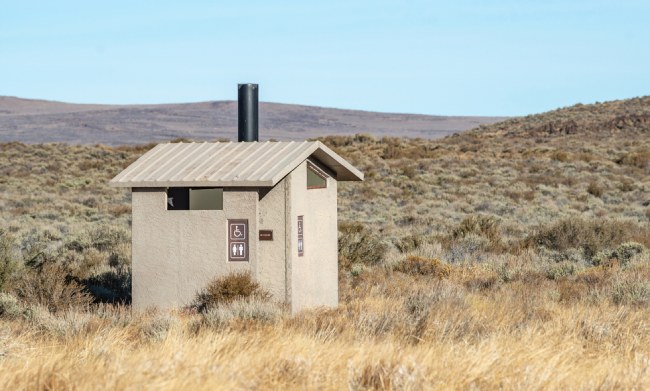
Many often confuse older outhouses with vault toilets, but they are different. Vault toilets are an up-to-date and sanitary version of the classic outhouse and a cost-effective and ideal choice for a waterless toilet.
They often look like small cabins with a vent or pipe sticking out at the top. You will mostly find them at parks, campgrounds, and other recreational areas. Vault toilets aren’t usually portable unless they are constructed out of plastic.
The Forest Service has used vault toilets for many years. They usually do a great job at the upkeep of a vault toilet, like keeping it stocked and clean. For your information, they use one-ply paper and cheap sanitizer (if that’s an option). If you require superior quality items, you should bring your own.
They also adhere to ADA standards which means they are safe to use. They are maintainable, dependable, and have a well-built ventilation system. The vault toilet is the perfect solution when water isn’t readily accessible. If they are cleaned and sanitized, and the tank is emptied regularly, there shouldn’t be any significant issues.
FAQs
1. How deep is a vault toilet?
Ans. The vault is around five feet deep (underneath the ground), but there are some vaults sitting around three feet deep only. It’s not recommended to have the vault buried too deep because the walls could cave in because of the encircling dirt.
2. Are they sanitary?
Ans. They are a sanitary option if they are cleaned and sanitized regularly.

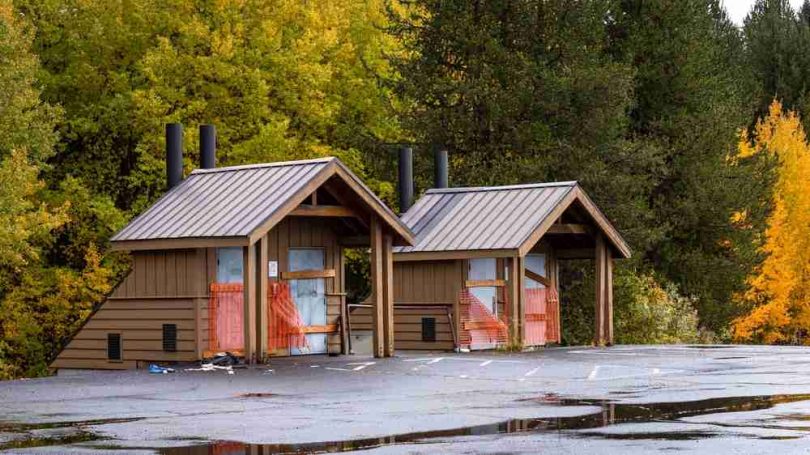



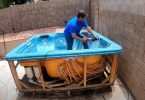
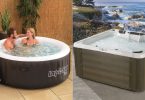
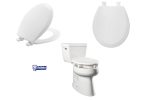
Leave a Comment